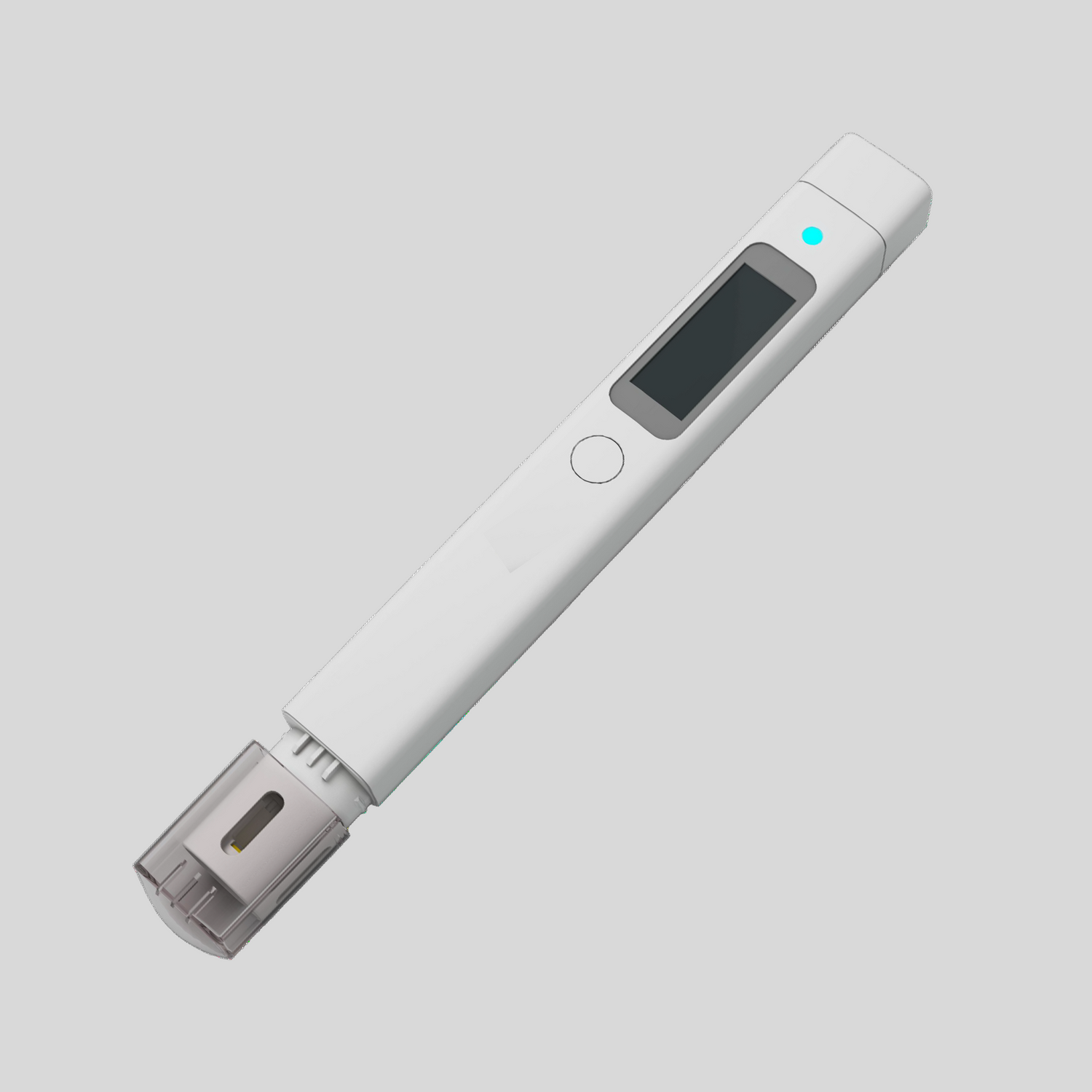Envig
Envig Next Gen Instant TOC COD TDS Temp 4-in-1 Water Quality Tester
Envig next generation TOC meter gives lab grade TOC and COD readings in seconds and ushers in an new era of instant water quality monitoring on organic and oxidizable contaminations for enthusiasts, families and professionals alike.
Couldn't load pickup availability
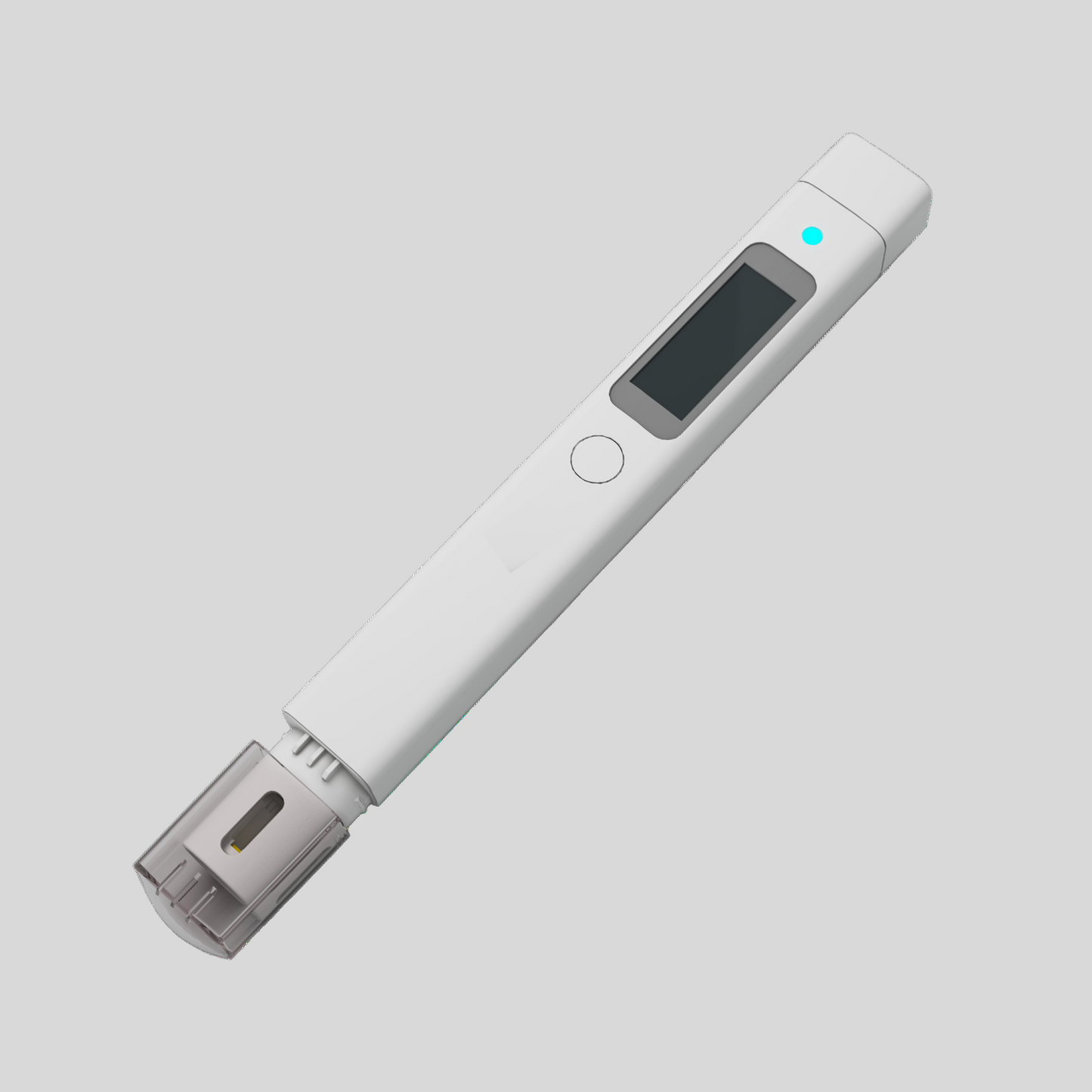
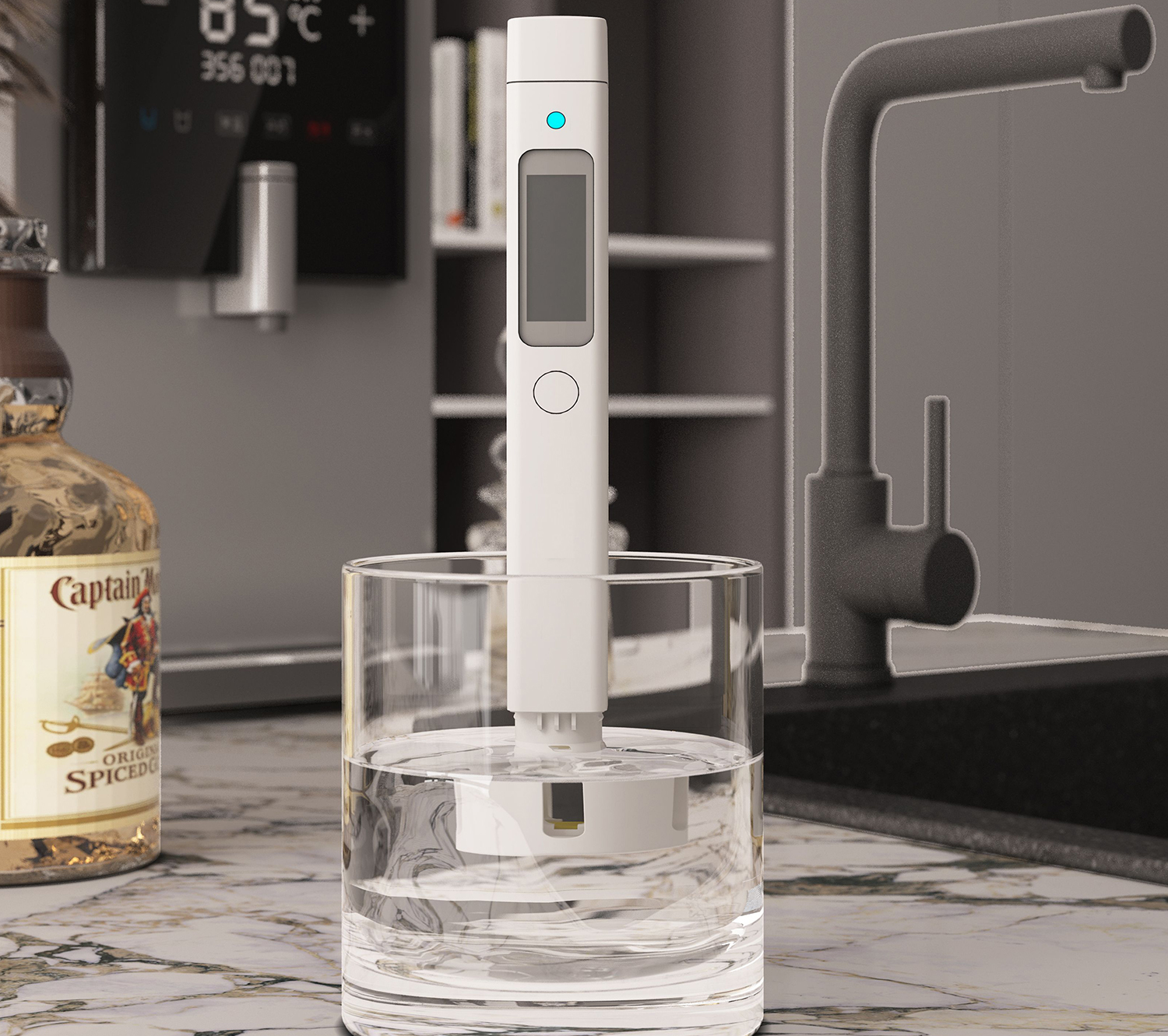
More comprehensive water quality testing with TOC and COD
Get TOC and COD in seconds, instead of hours or days.
Envig TOC meter can be used to detect and track drinking water quality at raw source or the filtration effect of water filter systems on important dimensions reflecting organic contamination, oxidizable pollutants and dissolved solids in water. With innovative spectral technology, advanced algorithm and leading compoents, this precision device gives lab grade TOC and COD readings in seconds, rather than hours, if not days, of professional lab work , and ushers in an new era of instant water quality monitoring on organic and oxidizable contaminations for enthusiasts, families and professionals alike.
Total Organic Carbon (TOC)
Total Organic Carbon (TOC) is a measurement of the total amount of carbon in organic compounds. TOC in source waters comes from decaying natural organic matter like microorganisms as well as synthetic sources like pesticides or herbicides. It includes both Purgeable Organic Carbon (also called VOC, Volatile Organic Carbon) and Non-purgeable Organic Carbon.
Chemical Oxygen Demand (COD)
Chemical Oxygen Demand (COD) is an indicative measure of the amount of oxygen that can be consumed by oxidizable compounds in water. It is used in quantifying the presence of such oxidizable compounds. Organic compounds are oxidizable, as such COD is usually correlated to TOC. It can also diverge to a higher reading due to oxidizable inorganic contaminants like ammonia, or nitrite etc.
Common contaminants covered by TOC and COD
-
Microorganisms
crypto, coliform, E. Coli, bacteria, virus, etc.
-
Organic Chemicals
pesticides, herbicides, insectcides, SOC, VOC, etc.
-
Disinfection Byproduct
organic compound like THMs
-
Oxidizable Inorganic Compounds
ammonia, nitrite, sulfide, ferrous iron, chloride, etc.
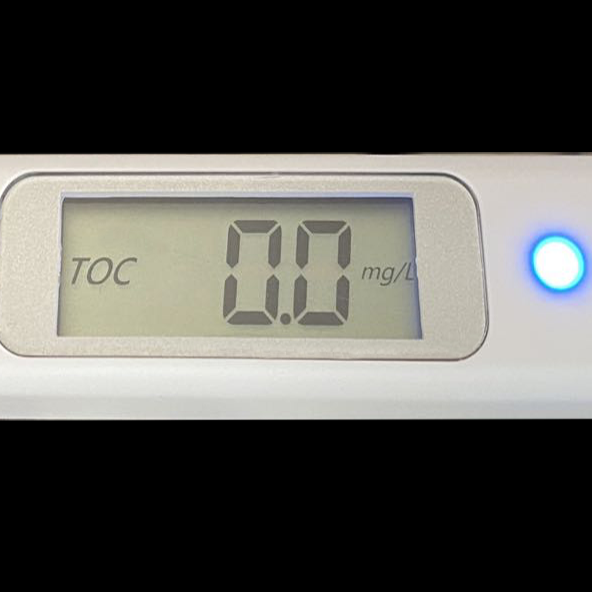
First line defense
A speedy and convenient way of determining the degree of overall organic, oxidable and dissolved contamination.
- Cover all organic areas of a typical testing report (microbes, SOC and VOC) with TOC and COD, and inorganic salt level with TDS. Enable tiered approach for additional testing if necessary;
- Detect in real time and all the time;
- Revolving display of all four indicators;
- Colored LED light to indicate water quality for peace of mind (blue, orange, red);
- Take it anywhere you want to test the water quality.
Best RO system companion
-
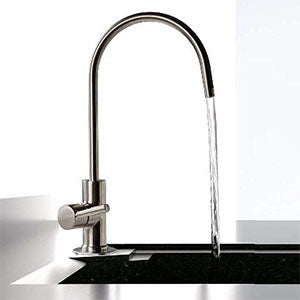
Performance and maintenance
With all three readings well related and covering different areas of contamination concerns, performance of a RO or other filter system is unmistaken and manifested. Comparison becomes easy. It also helps to identify time and circumstance of filter change or other maintenance.
-
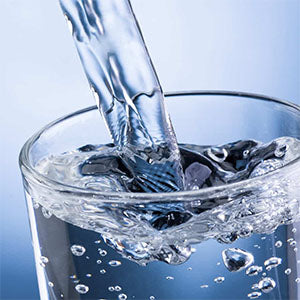
Beyond TDS
TDS has been widely used as the indicator for RO system performance, which brings both confirmation and controversy, as TDS is not strictly a contaminant indicator. Together with TOC, the health benefits of a RO system should no longer be controversial.
-
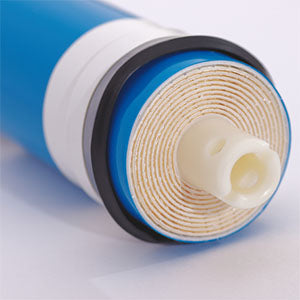
Biofouling
Fouling on RO membrane is not always reflected on TDS reading. Biofouling is less understood but dominant resulting from bacteria growth on RO membrance. TOC is the powerful tool to monitor and capture biofouling.
Application
-

Enthusiasts
- Test on unusual drinking water sources
- Tracking of water quality changes
-

Families
- Performance and maintenance needs of water filter system
- Test on drinking water sources
-
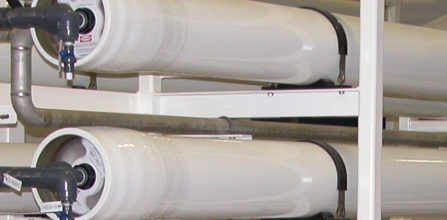
Professionals
- Water treatment assessment
- Chlorination & DBP control
- Performance of water filter system
-
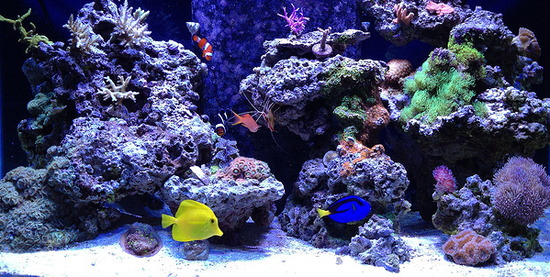
Aqurists
- Tank cycle monitoring
- Water quality stability monitoring
Detection Range (mg/L except otherwise indicated)
-
TOC
Detection Range: 0-10, Max Error: 10%FS, Reading Resolution: 0.1
-
COD
Detection Range: 0-10, Max Error: 10%FS, Reading Resolution: 0.1
-
TDS
Detection Range: 0-1000, Max Error: 10%FS, Reading Resolution: 1
-
Temperature
Detection Range: 0-80°C, Max Error: +/-0.5°C, Reading Resolution: 0.1°C
Specification
-
Dimension
6.5" x 0.75" x 0.83" (165 x 19 x 21mm)
-
Operating Temperature
50 – 104 °F / 10 – 40 °C
-
Weight
2.9 oz
-
Battery (not included)
2x AAA
Frequently asked questions
I get readings that are apparently wrong or fluctuate.
If there is even tiny bubbles attached to the detector head, it will create error in reading. To avoid it, every time you put the meter in a water sample, hold and shake it slightly to remove all the bubbles. This should be done in both recalibration and testing.
Is this water proof?
The sensor head is water proof, but not the entire body. Please only immerse the head of the meter into water sample. Water should never get to the power/test key level. You can also use the cap as water sample holder.
Which way should I insert the battery?
Please note that the positive side of the battery should be pointing OUT.
For additional help, please check our how-to video

